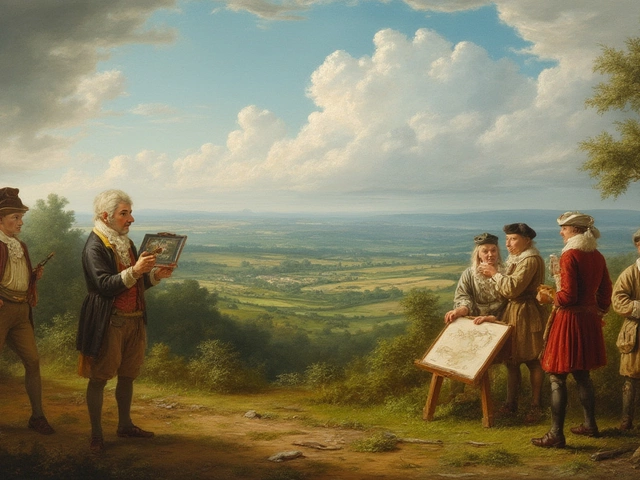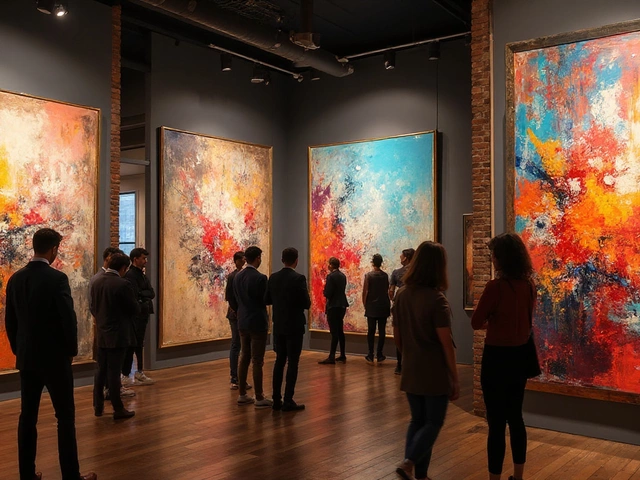Limited Edition Art: What You Need to Know
When talking about Limited Edition, a specially released artwork produced in a set quantity to create scarcity and boost value. Also known as limited run, it lets artists control distribution and gives collectors a sense of exclusivity. limited edition pieces can be physical prints, digital tokens, or even handmade objects, each tied to a fixed number that never changes.
One of the most common forms is limited edition prints, high‑quality reproductions of an original artwork released in a predetermined count. These prints often come signed and numbered, which adds a layer of authenticity and helps track provenance. Artists choose a print run size that balances demand with rarity; a smaller run usually means higher resale potential, while a larger run can broaden audience reach. This dual goal of accessibility and exclusivity is a core part of the limited edition strategy.
Why Digital Limited Editions Matter
Enter NFTs, blockchain‑based tokens that certify ownership of a unique digital asset. NFTs have turned the concept of limited editions digital, allowing creators to mint a fixed number of tokens that represent a piece of digital art, animation, or music. The blockchain records each token’s scarcity, enabling transparent verification of ownership. Because NFTs can be programmed with royalty clauses, they also reshape how artists earn from secondary sales, reinforcing the link between scarcity and ongoing income.
Another key player is artist royalties, payments an artist receives each time a limited edition work is resold. Traditional print markets often lack a clear path for creators to profit beyond the initial sale, but NFTs embed royalty terms directly into the contract. This means that as a limited edition piece changes hands, the original creator continues to benefit, incentivizing higher‑quality releases and fostering a healthier collector‑artist relationship.
Limited edition art isn’t just about making something rare; it’s about building a narrative that resonates with buyers. Collectors look for stories—why an artist chose a specific print run, what the artwork represents, and how it fits into larger market trends. Marketing strategies often highlight the limited nature of the release, the signature and numbering of each piece, and any special packaging or certificates of authenticity. These elements combine to create perceived value that goes beyond the visual appeal of the work itself.
Finally, the resale market adds another layer of excitement. Because each piece is part of a fixed series, secondary‑market prices can fluctuate based on demand, artist reputation, and broader cultural moments. Whether you’re a seasoned collector or a first‑time buyer, understanding the mechanics of scarcity, royalty structures, and digital verification will help you navigate the limited edition space with confidence. Below you’ll find a curated list of articles that dive deeper into each of these topics, from how to protect your investment to the latest trends in digital limited releases.

Art prints with signatures add value and authenticity. Discover why artists sign prints and how signatures affect their worth. Learn to spot real from fake, and understand what makes limited editions or artist proofs special. If you're a collector or just curious, this guide outlines why signatures matter and how they enhance a print's desirability.





